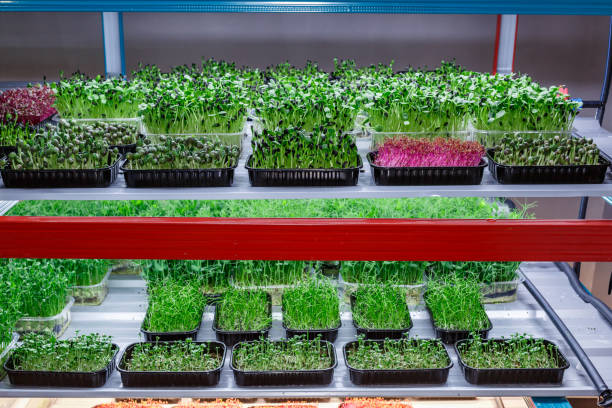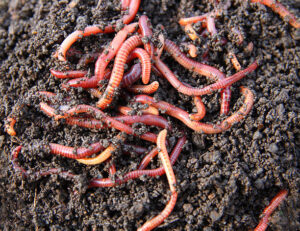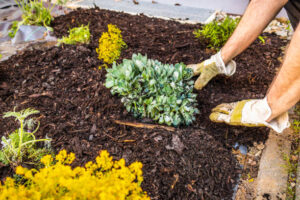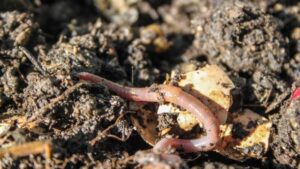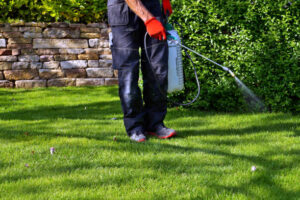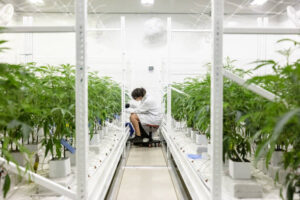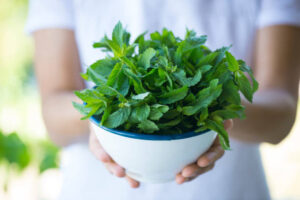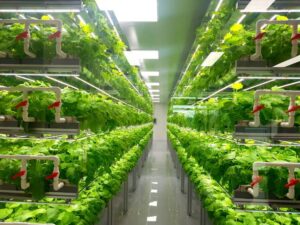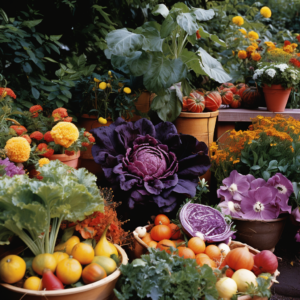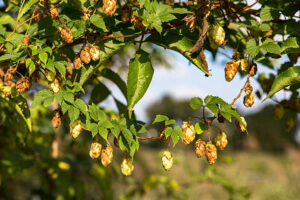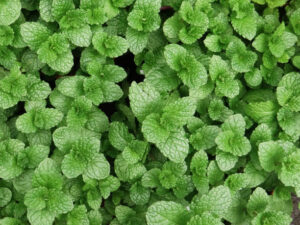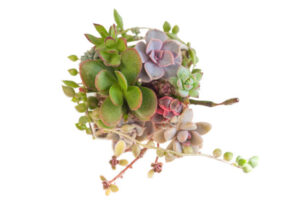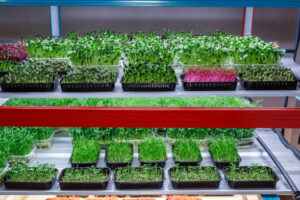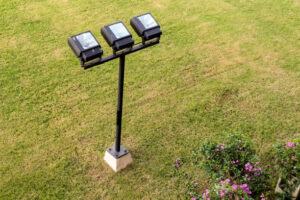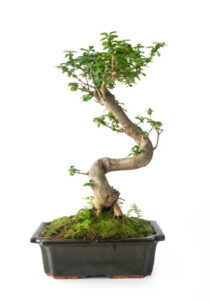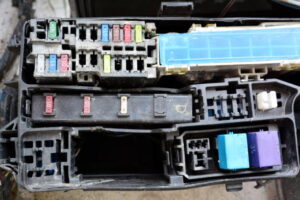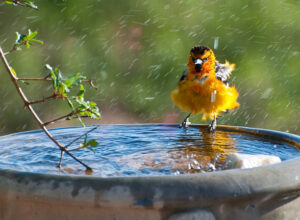Microgreens Maintenance Tips for Beginners
Introduction:
Welcome to the captivating world of microgreens, where miniature plants pack a powerful punch of flavor, nutrition, and vibrant color. Growing these tiny wonders is not just a gardening endeavor; it’s a journey into the realm of fresh, homegrown goodness. In this guide, we’ll unravel the art of microgreens maintenance for beginners, offering practical tips to ensure your miniature garden thrives. Let’s dive into the world of these nutrient-dense delicacies and discover how easy it is to cultivate a bounty of freshness right in your own home.
Understanding Microgreens:
Before we embark on the maintenance journey, let’s take a moment to understand what microgreens are. These petite, edible greens are the young seedlings of vegetables and herbs, harvested just after the first leaves appear. Despite their small size, microgreens boast concentrated flavors and a nutritional profile that rivals their fully grown counterparts.
Choosing the Right Varieties:
Selecting the right microgreen varieties is the first step to successful maintenance. Some popular choices for beginners include broccoli, radish, sunflower, and pea shoots. These varieties are not only flavorful but also relatively easy to grow, making them ideal for those just starting their microgreen journey.
Optimal Growing Conditions:
Microgreens flourish in a controlled environment, and maintaining the right growing conditions is essential. Provide ample sunlight or use a grow light system to ensure at least 4-6 hours of light exposure each day. Keep the temperature around 70°F (21°C) for optimal growth. Adequate ventilation is also crucial to prevent mold and ensure healthy development.
Watering Techniques:
Microgreens have delicate roots, and proper watering is key to their well-being. Use a spray bottle to mist the soil regularly, keeping it consistently moist but not waterlogged. Aim for even moisture to promote uniform germination and growth. Remember, overwatering can lead to issues such as mold, so moderation is key.
Soil Selection and Preparation:
Choose a high-quality, sterile potting mix for your microgreens. This ensures a clean and disease-free environment for germination and growth. Fill shallow trays or containers with the soil, leaving about an inch of space from the top. Lightly tamp down the soil to create a smooth, even surface for your seeds.
Seeding Techniques:
Even distribution of seeds is crucial for uniform growth. Sprinkle the seeds evenly across the soil surface, ensuring they are not too densely packed. Gently press the seeds into the soil using a flat tool or your hands. A light covering of soil can help with moisture retention and support germination.
Thinning for Optimal Growth:
Once your microgreens have reached a few inches in height, thinning is necessary to avoid overcrowding. Use scissors to trim excess seedlings, leaving an inch of space between each plant. This allows the remaining microgreens to receive ample light and nutrients, promoting robust growth.
Harvesting at the Right Time:
One of the joys of growing microgreens is the anticipation of harvest. As a general rule, harvest when the first true leaves appear, typically 7-14 days after seeding. Use clean scissors to cut the microgreens just above the soil level. Harvesting at the right time ensures the best flavor and nutritional content.
Pest Management:
While microgreens are less susceptible to pests than mature plants, occasional issues may arise. Keep a watchful eye for signs of pests such as aphids or fungus gnats. If detected, address the problem promptly using natural remedies or insecticidal soap, maintaining an organic and safe environment for your microgreens.
Continuous Rotation for Succession Planting:
To enjoy a continuous supply of microgreens, practice succession planting. Start new trays every few days to ensure a staggered harvest. This not only provides a consistent source of fresh greens but also maximizes your indoor gardening space.
Diversify Your Microgreen Palette:
Introduce a spectrum of flavors and textures to your microgreen garden by experimenting with various seed mixes. Blend herbs, greens, and edible flowers to craft a nuanced harvest that adds a burst of diversity to your culinary adventures.
Fine-Tune Light Exposure:
While microgreens thrive in well-lit conditions, it’s crucial to finely tune the intensity and positioning of your grow lights. Prevent leggy growth or scorching by adjusting the distance as your microgreens grow. Consistent, well-managed light exposure is key to vibrant and healthy miniature greens.
Cultivate a Gardening Journal:
Nurture your microgreen garden with the insights gained from a gardening journal. Document seed varieties, growing conditions, and challenges faced. This ongoing record becomes a valuable resource for refining your techniques, turning microgreen maintenance into a dynamic and continually successful endeavor.
Infuse Creativity into Meals:
Elevate your culinary creations by integrating freshly harvested microgreens. Beyond mere garnish, these tiny greens inject flavor and nutrition into salads, sandwiches, wraps, and even smoothies. Infuse creativity into your kitchen, experimenting with different dishes that showcase the vibrant colors and distinctive tastes of your homegrown microgreens.
Share the Microgreen Joy:
Extend the joy of microgreens beyond your space by sharing trays of freshly harvested greens or starter kits with friends and family. Transform your microgreen journey into a shared experience, introducing others to the simple yet rewarding art of nurturing life in miniature form. Cultivate a sense of community and green-thumb camaraderie as your homegrown microgreens become the centerpiece of shared conversations and celebrations.
Conclusion:
Embarking on the journey of microgreens is a delightful and rewarding experience. With these maintenance tips for beginners, you’re well on your way to cultivating a constant supply of flavorful and nutritious greens right in the heart of your home. From the joy of planting the first seeds to the satisfaction of harvesting your mini garden, each step in the maintenance process brings you closer to the vibrant world of microgreens. Happy growing!


